Johann Strauss
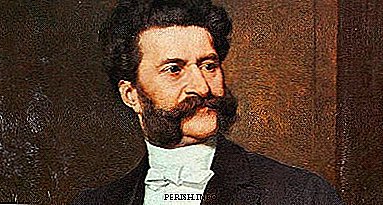
The "music for the feet" at all times treated at best condescending. Symphonies, oratorios, opera were considered noble genres, and waltzes, quadrille, polka - entertaining, and therefore second-rate. This situation has forever changed Johann Strauss, who is deservedly called the "King of Waltz". An outstanding composer, author of popular operettas, managed to raise dance music to inaccessible hitherto symphonic heights. As the founder of the Viennese waltz, he created such charming musical "pearls" that will never lose their attraction.
A brief biography of Johann Strauss and many interesting facts about the composer can be found on our page.
Short biography of Strauss
Johann Strauss was born in Vienna on October 25, 1825. His father and the full namesake was a famous Austrian composer. Strauss Sr. did not want for the sons of a musical career, forbade them to compose music and learn to play the violin. Ironically, all three of his sons from Anna Streim became composers, despite his fierce resistance. So, little Johann secretly from his father, who often toured abroad, took his violin and learned to play it on his own. Mother supported the hobby of her son.
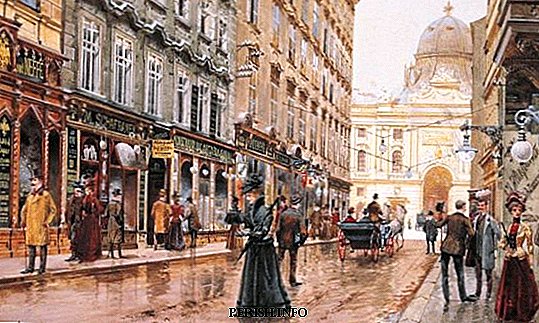
Even having entered the Higher Commercial School and working as an accountant, Johann did not stop learning music. According to the biography of Strauss in 1844, he, having brilliant recommendations from his teachers, decided to obtain a license for conducting the orchestra. To an influential father could not interfere with his son's career, Anna filed for divorce - by that time Strauss Sr. had a second family for several years. Against the background of this drama, Johann gathered his own orchestra, and when 5 years later his father died suddenly, he invited his musicians to work with him.
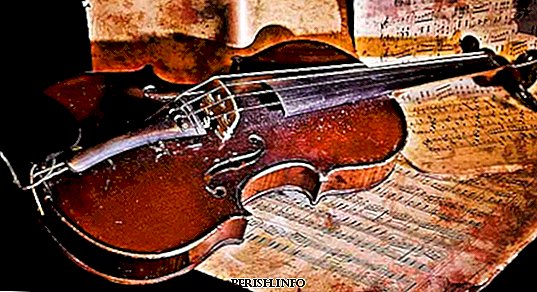
Touring Europe with his works, Strauss becomes so popular that he joins both his brothers, Joseph and Edward, to the concert activities. In Austria, the young composer receives all the court powers of his father. Since 1856 he is a regular guest in Russia. Become traditional his summer entry at Pavlovsky railway station. The first serious feeling of the composer is connected with our country. Olga Smirnitskaya became his chosen one, he asked for her hands, but did not get the consent of the girl’s parents. The broken heart of the king of waltzes was healed by singer Henrietta Halupetskaya, who had seven children from different men at the time of the wedding with Strauss. The marriage brought the composer not only happiness and mutual understanding, but also the full support of his work, which was provided by her husband.
In 1870, Strauss passed all the court duties to Edward in order to free up time for writing operettas. It was a difficult period in his life - his mother died in winter and his younger brother Joseph in summer. In 1878, the composer's wife died, and with barely decent haste, he and a half months later married the singer Angelica Dietrich. Less than five years, as this marriage ended in divorce. The last time Strauss went to the altar in 62 years. His choice was Adele Deutsch, for the sake of union with which the great Austrian changed citizenship and religion. The composer had no children.
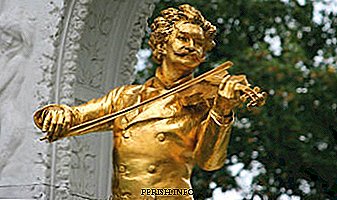
In 1889, Strauss published the works of his father in seven volumes. That he considered him the main distributor of classical Viennese dance music, which became popular far beyond the borders of its homeland. He always, without a shadow of envy, honored the talent and merit of his father, supported the work of his brothers. The maestro died at 73 years old, the reason for this was pneumonia, which he fell ill after catching a cold on the way to honor the 25th anniversary of Bat. At this memorable performance, he last stood behind the conductor's console. On June 3, 1899, the king of waltzes was gone.
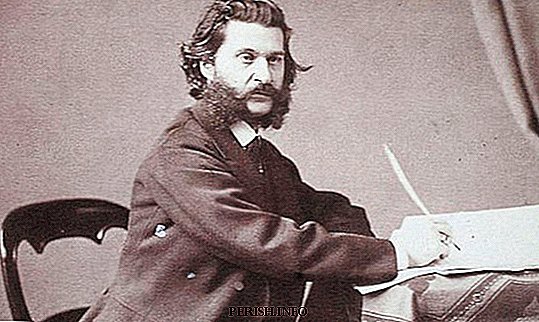
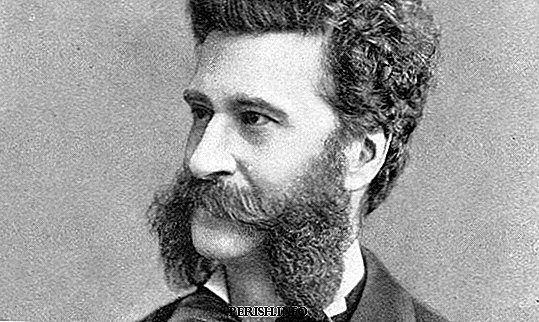
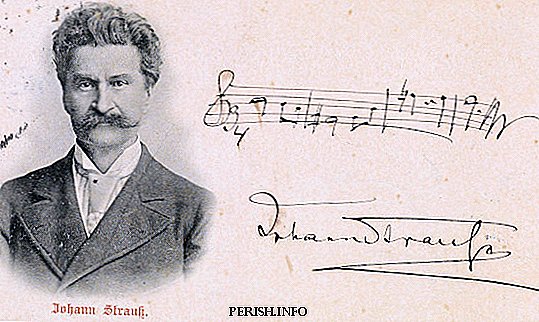
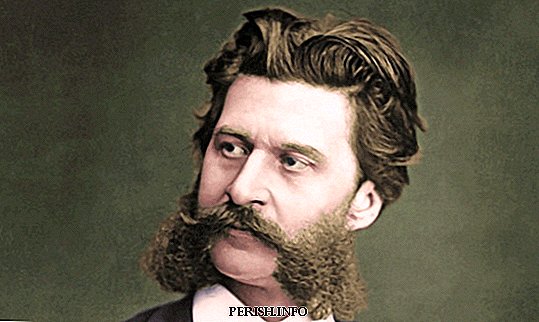
Interesting Facts about Strauss
- To contain a huge orchestra, find engagements, plan work with two brothers - all this required incredible organizational talent, and Johann Strauss, undoubtedly, possessed them. He felt the spirit of the times and always tried to match them. Even starting to give most of his strength to the operetta, the composer did not forget about dancing, processing for them the best melodies from his performances. The Bat, for example, provided material for 6 dance numbers.
- To the music of Strauss, two ballets were created: B. Fenster’s Blue Danube, staged in Leningrad in 1956, and R. Petit's Bat, for the Marseille ballet in 1979.
- The Russian "Bat" libretto is radically different from the original. In the original version in the costume of the Bat at the ball was Falk, over whom Eisenstein then joked. In the version of N. Erdman and M. Volpin, Eisenstein’s spouse Rosalind wore the Bat.

- Strauss biography says that for the only trip to the US, the composer broke the contract with the Tsarskoye Selo railways, which agreed with him to hold the 11th summer season in Pavlovsk. In Boston, Strauss took part in a grand concert, where he conducted an orchestra of 1000 musicians.
- For the version of the operetta "Vienna Blood", staged in 2015 at the St. Petersburg Theater of Musical Comedy, the text was written by satirist Semyon Altov.
Popular Strauss Melodies

- "Have a beautiful blue Danube", 1867
This waltz was created by order of the Vienna Choir Society and was performed jointly with the male choir. The text for it was written by Joseph Weil. 23 years later, the second version of the poems of Franz von Gernet appeared. Today, the waltz is the hallmark of Vienna and the informal anthem of Austria.
- Waltz "Tales of the Vienna Woods", 1868
On the first performance of this waltz, the public demanded it four times for an encore. He is one of several works by the composer, where zither is used - the folk Austrian instrument.
- Waltz "Artist's life", 1867
One of the most melodically generous Strauss waltzes, the themes of which were used even in the recycled Russian version of The Bat. Performed three days after the premiere of the waltz “At the Beautiful Blue Danube”, he not only did not get lost in the shadow of the brilliant opponent, but rightfully took his place next to him.
- Waltz "Spring voices", 1882
This vocal waltz was written for soprano Bianchi Bianchi, the text for it was created by Richard Gene. The performance of the singer was a great success, and it even included it in its parts in the operas of Delibes and Rossini. Thus, "Spring Voices" began to sound from the stage of the Imperial Vienna Opera, which was hitherto inaccessible to dance music.
- Polka "Backgammon", 1858
Polka's premiere turned into a sensation, so the notes of her piano transcription were printed in a hurry - after 4 days. Circulation was literally swept from the shelves, as well as several subsequent reprints.
Creativity Johann Strauss
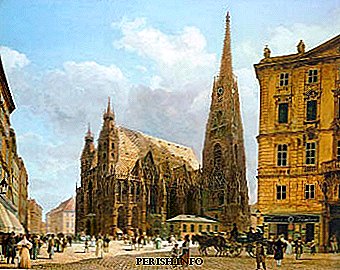
Its earliest waltz "First thought"Johann Strauss wrote in 6 years, and, surprisingly, his notes have survived to our days. The first official work of the composer is a waltz"Epigrams", which was first heard on the debut performance of Strauss as a conductor of his own orchestra on October 15, 1844. Newspapers inflated an incredible sensation, also because the evening was arranged in a casino, where Strauss Father often performed. His compositions were also included in the concert program, The main intrigue of which was the 4 works of young Johann. The father did not appear at the debut of his son, and after a while completely deprived the inheritance of all his children-musicians. However, the audience, who came much more than could even accommodate She was delighted with the performance of the new orchestra and the young composer. All the numbers were interwoven, and the "Epigrams" were performed 20 times! Could there have been a less brilliant career as a musician who had received such a successful start?
The very next year, in 1845, Strauss accepted the proposal to become the conductor of the 2nd regiment of Viennese citizens. This further aggravates the confrontation with the father, the conductor of the 1st regiment. It was the son who was entrusted with the performance at the grand opening of the Odeon, the largest Viennese ballroom. However, Strauss Sr. at the same time becomes the manager of music and dancing at the court, which strengthens his position at the most prestigious and fashionable dance parties in Vienna. The invitations to the small halls remain for the son, and he undertakes the first tours to Hungary. At a concert in Boda, he presented to the audience "Pest chardash"who brought all the listeners to absolute delight because of the subtle understanding of Hungarian national music by the composer.
The Strauss Orchestra was often invited to play in evenings organized by Slavic communities. Therefore, in the repertoire of the composer appeared several works on Eastern European motifs: "Czech polka", "Serbian square dance"square dance"Alexander", "Slavic potpourri"The success of these works cemented the Balkan tour of 1847.
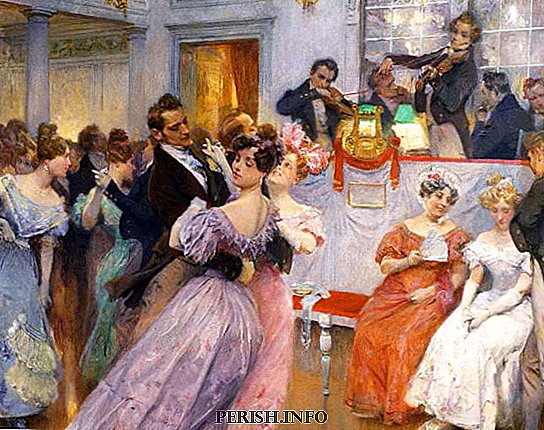
The year 1848 was marked by the European Revolution and Strauss, who returned from Romania to May, supported the rebels, writing "Revolutionary march", polka"Liguorean sighs“The revolution was suppressed, Emperor Franz Joseph I came to power, and Strauss wrote in response to these events a waltz“ Music of Unity ”, reconciling him with the current political situation, despite the previous revolutionary views. From the same considerations, the composer created a quadrille”Nikolai"in honor of the Russian emperor who supported the claims of Austria during the revolution in Hungary,"March of Emperor Franz Joseph", "Triumphal march".
The death of his father left in the history of the rivalry of the two Strauss. The younger one began to flourish - he was invited everywhere where his father reigned before. The first work created in the new period of creativity was the waltz "Our people". By 1856, Strauss had already become the first violin of Vienna. At that moment he received a very tempting offer from Russia, from the management of the Tsarskoye Selo railway, to spend the summer music season with performances at Pavlovsky railway station. The composer would refuse such generous fees I could not, and from 18 May to 13 October 1856 he gave daily concerts in the suburbs of the Russian capital. For his debut summer in Russia, Strauss wrote 8 new works. For the next 10 years, the Russian public enjoyed annually to see the king of waltzes in Pavlovsk.
In 1863, Strauss received the position of manager of music and dance at the court - the same one that his father once held. His orchestra played all the court balls - it was the highest career point of any Austrian musician. Perhaps it was this success that gave the composer new creative energy, which at the end of the 60s gave rise to the most brilliant of his melodies: "Have a beautiful blue Danube", "Artist's life", "Tales of the Vienna Woods".

It would seem that such a grandiose and time-concentrated climax should be followed by the inevitable decline, but not only by Strauss. Waltzes, indeed, became less. But only because the maestro fully devoted himself to a new genre - the operetta. Far-sighted Henrietta long ago inclined her husband to try herself in the theater. The initial three attempts to write the operetta did not reach its completion. The first full work of Strauss "Indigo and Forty Thieves"it turned out to be very imperfect, mainly because of a vague libretto. However, this did not prevent her from passing only in 1871 more than 40 times on the stage of the Vienna Theater An der Wien. In 1873, the second operetta appeared"Carnival in Rome"A year later, a genuine masterpiece of this genre, The Bat, presented on April 5, 1874, in the Theater An der Wien. The author stood behind the conductor’s stand, each number ended with applause - the Viennese public adored its maestro!
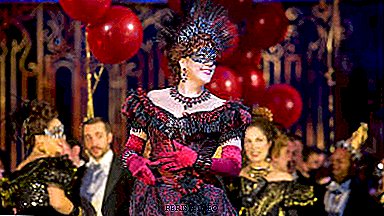
In the next 10 years, he will write another 6 operettas, to a varying degree successful, but not repeating the fate of Bat. The composer always understood Hungarian culture very deeply and hatched the idea of the operetta on the Hungarian national plot. Such plot was the novella M. Yokai "Saffi". I. Schnitzer wrote the libretto, and in 1885 appeared on the stage "An der Wien"Gypsy Baron“, which became Strauss’s second undisputed hit over the next centuries. The Hungarian theme created the composer’s only comic opera Knight Pasman, staged at the Vienna Court Theater in 1892. In the last years of his life, another 4 operettas came out from under the maestro’s balletCinderella"which he did not have time to finish. During his lifetime, Strauss agreed to A. Muller to create an operetta from his various melodies. V. Leon and L. Stein prepared a brilliant libretto, and the work, which premiered 5 months after the composer's death, received the name "Viennese blood".
Films about Strauss and his work
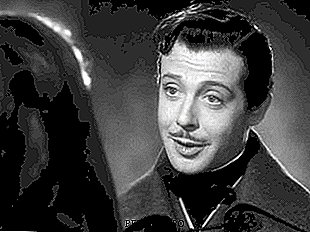
On the biography of Strauss shot several films. The Big Waltz (1938) tells of a short period in the life of Strauss, the history of the creation of some famous waltzes with a fair amount of fiction, stated, however, in the opening credits. The film received an Oscar for cinematography and was the leader of rolled products in the USSR twice. His full namesake, the 1972 American film The Big Waltz, is based on a more biographically authentic script, centered on the opposition of the father and son Strauss. "Farewell to Petersburg" (1971) is a film by J. Fried, named after the waltz of the same name. The tape tells about Pavlov's Strauss seasons and his novel with O. Smirnitskaya.
The most famous adaptation of Strauss's operettas in our country: The Bat (1978) J. Frida with V. and J. Solomin and L. Maksakova, The Gypsy Baron (1988) V. Okuntsova with K. Danilova, V. Kraslavsky and N. Trofimov.
Strauss Music to the cinema
The creators of more than 800 films included works by J. Strauss in the audio tracks of their works. Here are some of these pictures:

| Composition | Film |
| "Gypsy Baron" | "Wonder Woman", 2017 |
| "Roses from the South" | "Fast and Furious 7", 2015 |
| "Grand Budapest Hotel", 2014 | |
| "The Dark Knight: Restoration of a Legend", 2012 | |
| "Amelie", 2001 | |
| "At the beautiful blue Danube" | "New Spider-Man: High Voltage", 2014 |
| Rango 2011 | |
| Bandits, 2006 | |
| "Bat" | "Leningrad", 2009 |
| "The Twilight. Saga. New Moon", 2009 | |
| "Polka Pizzicato" | "Classmates 2", 2013 |
| "Viennese blood" | "Sherlock Holmes: a game of shadows", 2011 |
The last years of his life, a man who did not write a single sad melody, spent in retreat, as if he had given the public for 50 years of creativity all his effervescent energy and good mood. In eternity, Johann Strauss remained the radiant king of waltzes, a symbol of carefree youth and romantic love.

Leave Your Comment